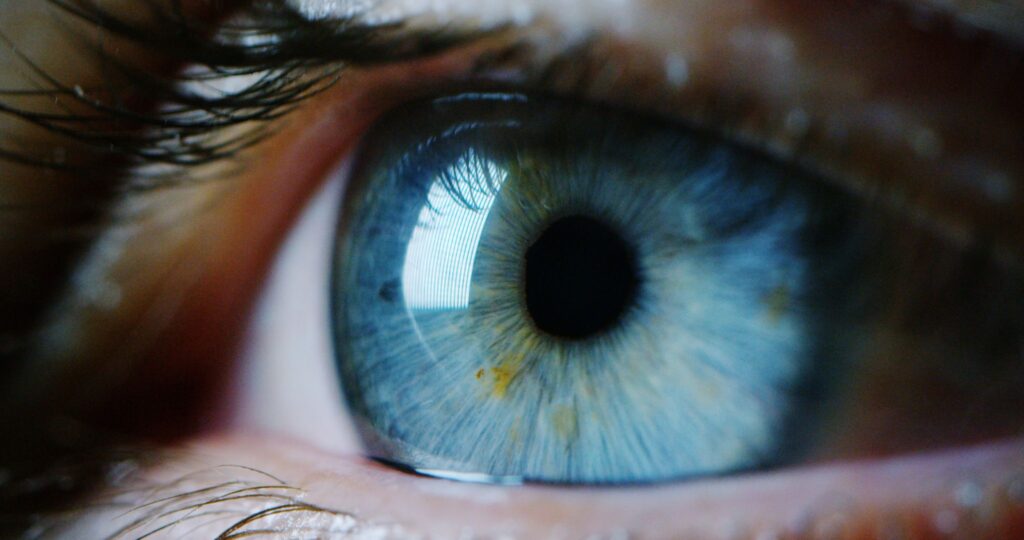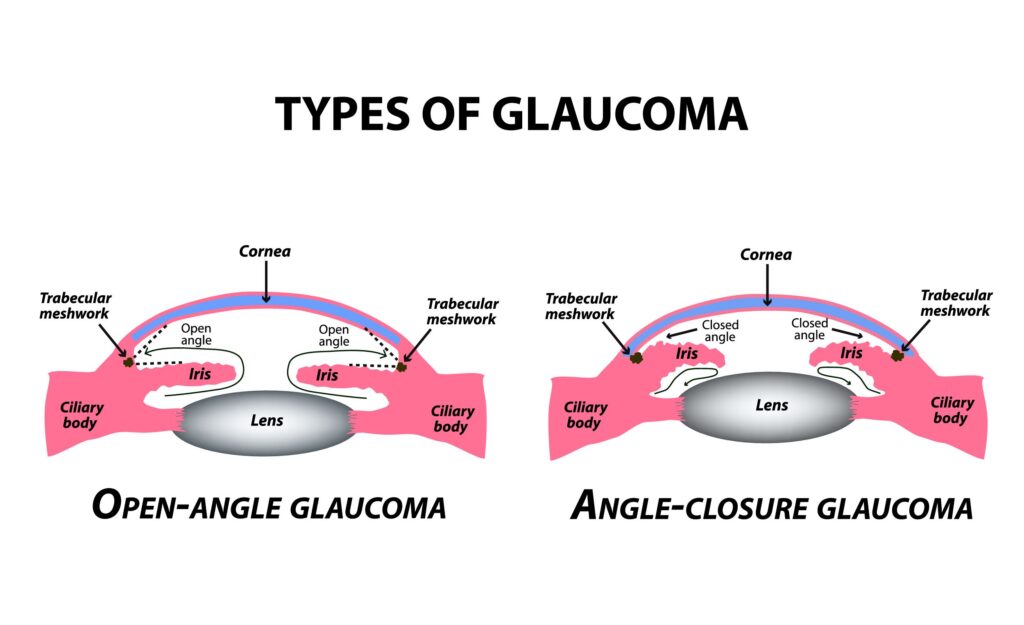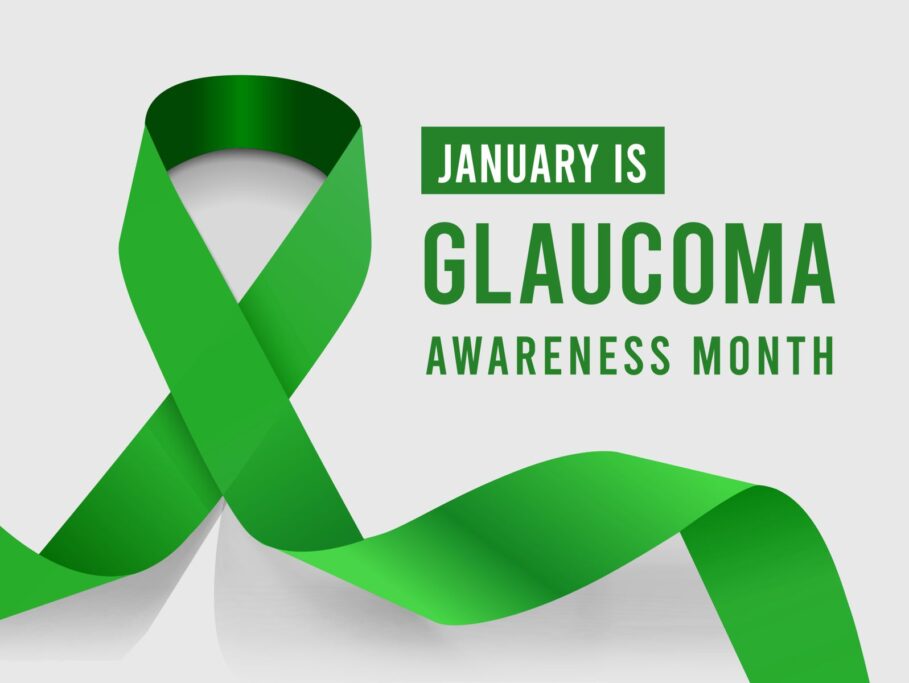
In the United States, glaucoma is a leading cause of irreversible blindness. Glaucoma has no obvious symptoms in its early stages and causes vision loss at an inconspicuous rate that individuals with the condition are frequently unaware of until their eyesight has already been damaged.
The American Academy of Ophthalmology advises people during Glaucoma Awareness Month that the best defense against developing glaucoma-related blindness is by having routine, comprehensive eye exams.
What is Glaucoma?
Glaucoma is a disease in which tissue pressure inside the eye causes damage to the optic nerve, gradually reducing its capability to function properly and transporting visual information from your eyes to your brain.
Glaucoma is also known as the “sneak thief of sight” because there are no symptoms. And, once sight is lost, it is permanent. A person could lose up to 40% of their vision without even knowing it. Glaucoma is a major cause of irreversible blindness in people and is six to eight times more common in African Americans than Caucasians.
Types of Glaucoma

Primary open-angle glaucoma (POAG) and angle-closure glaucoma are the two main types of glaucoma. Intraocular pressure (IOP) increases in these cases, or pressure within the eye. Normal-tension glaucoma occurs when optic nerve damage occurs despite a normal IOP. Any instance in which another disease causes or contributes to increased intraocular pressure, resulting in optic nerve damage and vision loss, is called secondary glaucoma.
Is There a Cure or Treatment for Glaucoma?
Unfortunately, there is no cure for glaucoma at this time; however, adequate medical treatment can help to significantly slow down the condition’s progression. The medicine’s efficacy is determined by early diagnosis and the type of glaucoma being treated which is why it is essential that you keep up on your yearly eye exams.
Most glaucoma can be managed with medication if caught early enough. Some of the medicines for glaucoma are as simple as putting eye drops in. When medications aren’t working or the condition is severe, doctors employ a surgical technique known as selective laser trabeculoplasty, which opens up the eye to drain. If lasers can’t be used, they will remove a piece of tissue from the eye or add a mini-shunt to help drain the eye.
Who is at Risk of Getting Gluacoma?
African, Asian, and Hispanic descents are all at a greater risk for Glaucoma. Other high-risk categories include people over 60, family members of persons who have already been diagnosed, diabetics, and those with severe nearsightedness.
Individuals who have a family history of glaucoma are also in greater danger. You may be at increased risk if you have diabetes, hypertension, or take corticosteroids for health issues. It’s critical to visit your eye doctor twice a year, particularly if you have a higher-than-average chance of developing glaucoma. These people would include:
- over the age of 40
- have family members with glaucoma
- are of African, Hispanic, or Asian heritage
- use long-term steroid medications
- have corneas that are thin in the center
- have high eye pressure
- are farsighted or nearsighted
- have had an eye injury
- have thinning of the optic nerve
- have diabetes, migraines, high blood pressure, poor blood circulation or other health problems affecting the whole body

In the United States, approximately 120,000 are blind from glaucoma, accounting for 9% to 12% of all cases of blindness.
Every year, many individuals suffer from this avoidable vision loss. As a result, National Glaucoma Awareness Month is an excellent time to learn more about glaucoma and help your family members understand what it is and why they should have their eyes examined by an ophthalmologist on a regular basis.
If you have any questions, feel free to reach out to us here!